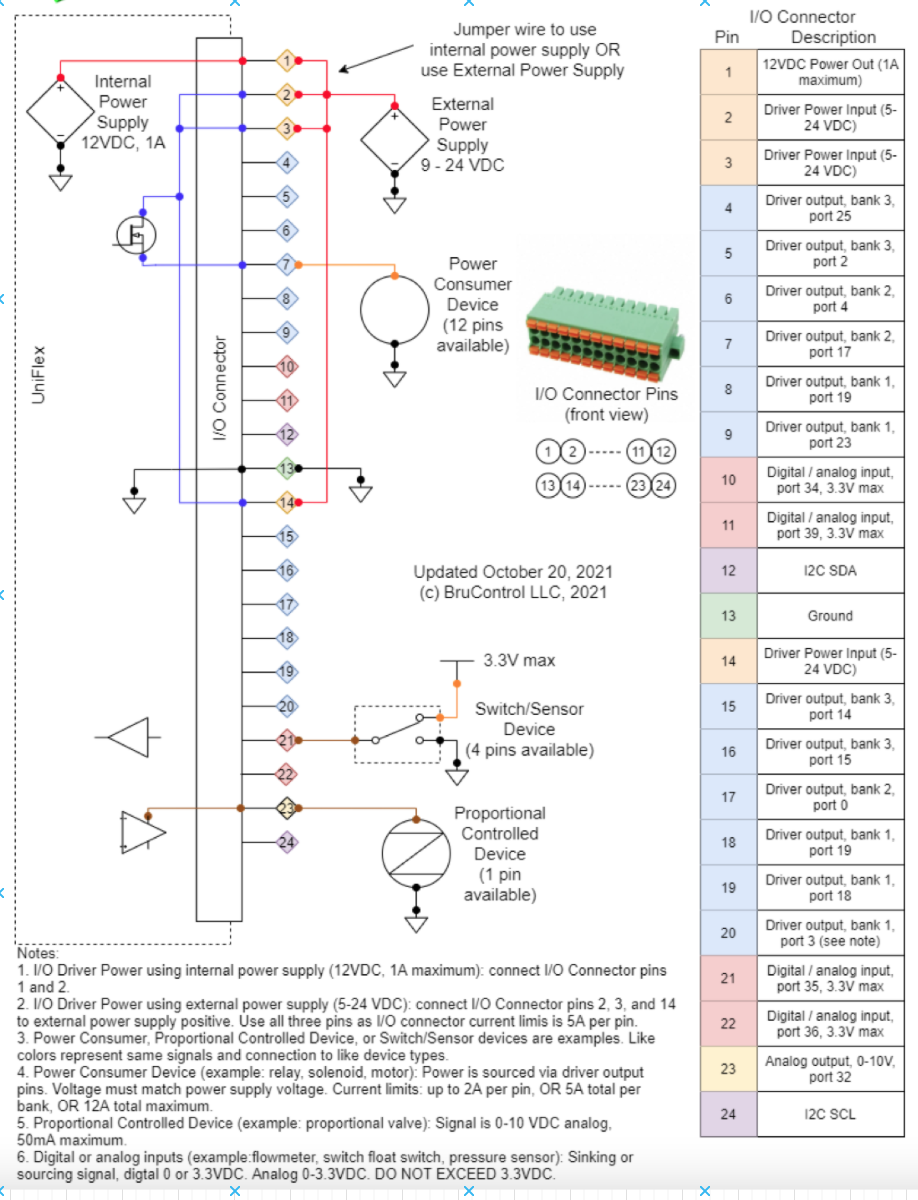So its just like any other software that has been written, licensed, and sold... ever?
Sorry for the tongue in cheek, but my point is what is your expectation? No software life cycle lasts forever. From the licensing side, having spent a good portion of my career removing hardware keys/dongles from industrial environments due to *cough* reliability issues *cough*, its my opinion that they are at best a band-aid and at worst a production stopper. Could they work in the event that BrunDog is done with the project, maybe, but it would be far easier to simply issue a perpetual software license key from the license server that is already running.






![Craft A Brew - Safale S-04 Dry Yeast - Fermentis - English Ale Dry Yeast - For English and American Ales and Hard Apple Ciders - Ingredients for Home Brewing - Beer Making Supplies - [1 Pack]](https://m.media-amazon.com/images/I/41fVGNh6JfL._SL500_.jpg)
























































